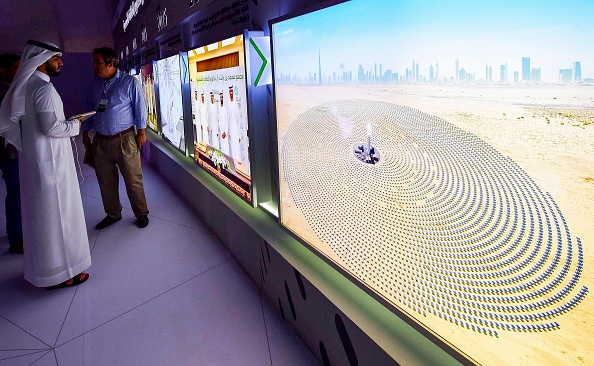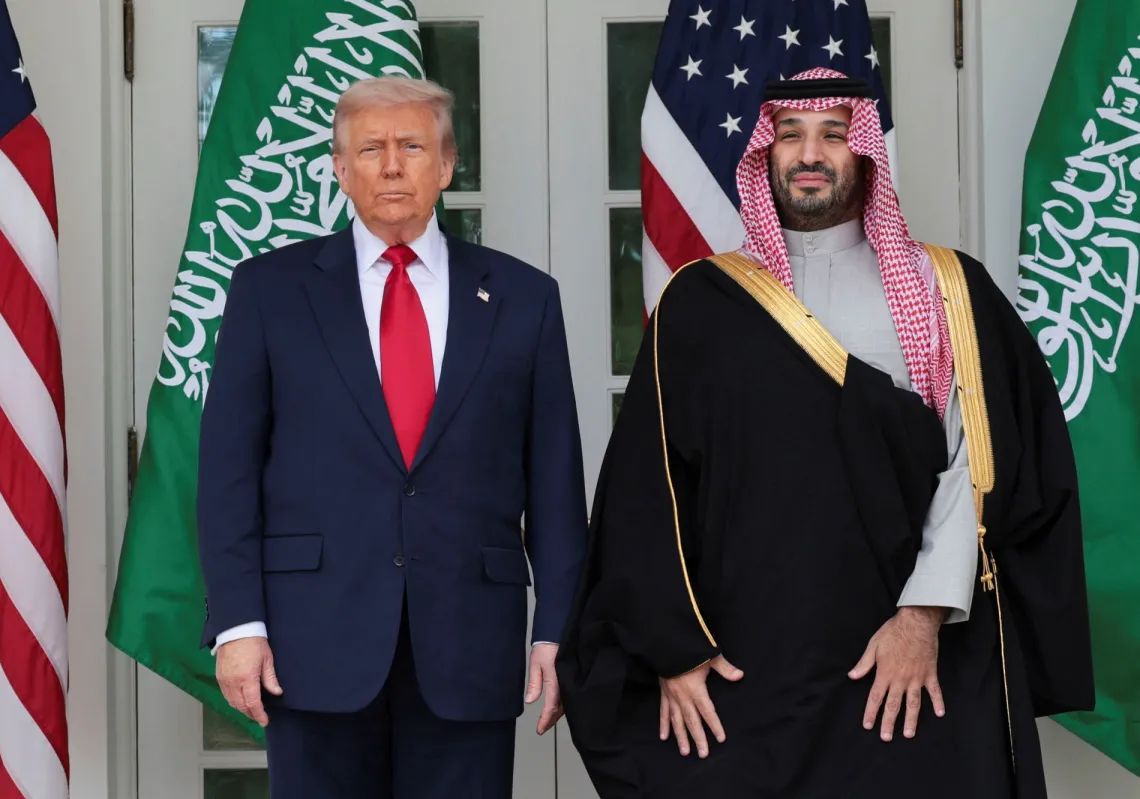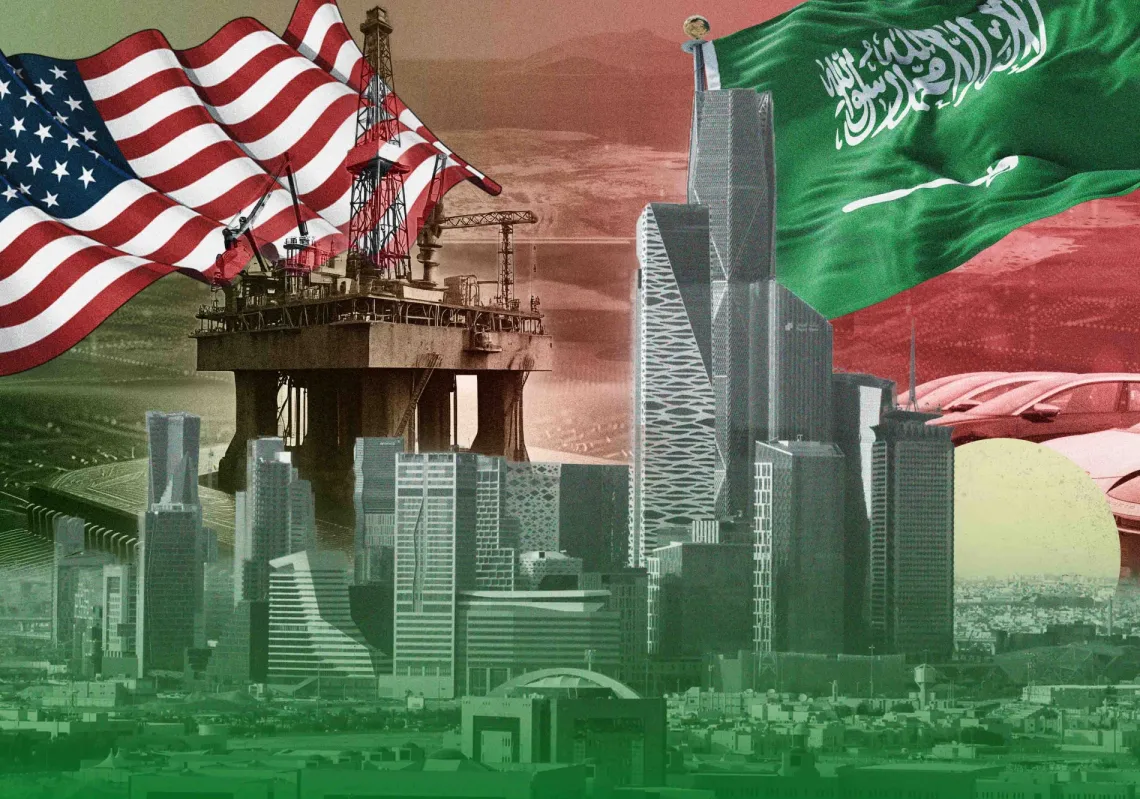MORROCO AND ISRAEL GET A HEAD START
Back in the 1950s, a fuel shortage forced the Israeli government to pass laws discouraging civilian use of heated water during certain times of the day. This gave engineer Levi Yissar the idea of developing solar-powered water heaters. Though only 20 percent of Israeli homes had these devices in 1967, a new law passed in 1980 requiring new homes to have solar-powered heaters made them an essential part of Israeli households. According to one Reuters article, nearly 90 percent of all Israeli households use solar thermal energy to heat their water. Since then Israel has invested heavily in solar energy and has become a regional pioneer in the field. As it stands, 17 percent of the country’s daily energy use comes from solar panels, in spite of this 95 percent of its overall energy needs are still carried out by fossil fuels. The Arava region has become a haven for solar power, as almost 100 percent of its electricity comes from solar panels (at least during the day). Moreover, Yosef Abramowitz and Dorit Banet, the entrepreneurs who built Arava’s solar panels, are lobbying the government to start on an ambitious goal to make the entire country 100 percent solar reliant (during the day) by 2030. Currently, the government wants the country to get 10 percent of its energy from renewable sources by next year, and 17 percent by 2030. To help reach the goal, multiple solar plants are being/have been set up in the country; one example is the recently inaugurated Negev thermo-solar power plant which supplies electricity to approximately 70,000 households in the country.
The second solar energy pioneer in the region is Morocco. Even though it only recently took up renewable energy, recent developments have made the North African country a frontrunner in the field. A growing population and increasing demand for electricity have persuaded the government to come up with an energy strategy plan in 2009, namely to increase its use of renewable energy from 30 percent to 42 percent in 2020. To accomplish this, the country started building the Noor Solar Power Station in Ouarzazate in 2013 and its first phase was completed in the span of just three years. The station is currently the world’s largest power farm and has recently reached its goal of providing the country with 580 megawatts of power. One unique aspect of the Noor complex is that it uses concentrated solar power (CSP) rather than the more widely used photovoltaic collectors. While CSP is more costly, it has one huge advantage over photovoltaic collectors and that is the fact that it can store energy for later use during nights and cloudy days. As of July 2019, 35 percent of Morocco’s energy comes from renewable sources; as such it is on its way towards its 2020 goal.

EGYPT’S SOLAR AMBITIONS: “100 YEARS IN THE MAKING”
While not widely known, the first-ever solar-powered plant was actually built in Egypt over one hundred years ago. In 1916, American inventor Frank Shuman five 60-meter-long parabolic troughs in Maadi which absorbed heat from the sun into black boilers, steam from the boilers would be used to pump water into farm fields. The project only operated for a year, but Shuman proved to be ahead of his time as he wanted to harness the sun’s power for both irrigation and electricity generation but the imminent discovery of oil in the region put these ideas to rest.
Fast forward 100 years later and Egypt is on the brink of finishing one of the world’s largest solar plants. The new Benban Solar Park is situated in Benban of the Aswan governorate, which is already home to the Aswan High Dam which produces 6 percent of the electricity used in the country. The park takes up 37 square kilometers of land and is divided into 41 plants which collectively make up 7.2 million photovoltaic collectors. The park will have the ability to produce 1.8 gigawatts of electricity. Egypt started drawing up plans for the project in 2014 a time when power outages in the country reached its peak; as such the government decided it needed to address the growing power demands of the nation. The project is also part of a broader goal of having 20 percent of the nation’s electricity come from renewable sources by 2022, and 42 percent by 2035. This goal might not be out of reach, as a recent report by the International Renewable Energy Agency (IRENA) stated that Egypt has the potential to increase its renewable electricity usage to 53 percent by 2030. There are some setbacks to the Benban project however; for one thing, it uses the more cost-effective, but less practical photovoltaic collectors. As previously stated these collectors don’t store energy for use during times when there is no sunlight. There are also fears that the heat-sensitive inverters in the plants might risk damage during days of harsh weather, nevertheless, a report by the IEEE Spectrum stated that only one inverter has needed repairs but the other 200,000 panels are up and running without problems. Another issue is that sand can come into the panels and render them inoperational, but this problem will be addressed as employees will use specialized tools to clean the panels on a monthly or fortnightly basis. If the country plans well enough, it could soon become another renewable energy capital in the region.
THE GULF STATES DREAM BIG
Recently, many Arab Gulf states have issued ambitious plans for diversifying both their economies and energy needs beyond oil. For the past eight years, a gigantic solar plant has been under construction in Dubai, UAE by the Dubai Electricity and Water Authority (DEWA). The Mohammed Bin Rashid Al Maktoum Solar Park is part of the Dubai Clean Energy Strategy 2050, which aims for seven percent of the Emirate’s energy consumption come from renewable sources by 2020. The emirate also wants to increase this share to 25 percent by 2030, and to 75 percent by 2050. The first three phases were based on installing and using photovoltaic collectors, and the project is currently in its fourth phase in which a 260 meter CSP tower is being installed, and when completed it is set to be the tallest tower of its kind in the world. The tower will have the capacity to store heat for 15 hours, which can then be used to provide power to the city for 24 hours a day. The park will be able to provide more than 900 megawatts of energy by 2021, and there is an end goal of 5,000 megawatts in the works. To counter the risk from dust and sand accumulation, DEWA has indicated that new coating technologies for panels are being looked into and that a robotic cleaning system will be put in place in the near future. Saudi Arabia has been the main developer of the project and the Kingdom’s role has inspired it to pursue its own solar ambitions.

Earlier this year Saudi Arabia announced plans for seven photovoltaic plants, which will collectively produce 1.51 gigawatts of energy. The largest of these plants is the Al-Faisaliah solar plant being built in Mecca. Saudi Arabia has also started plans to build a hybrid solar plant, similar to that of Dubai, in Waad Al-Shamal and 50 megawatts of the energy produced there will come from a CSP source. This project is part of the Vision 2030 plan to reduce the Kingdom’s dependence on oil. The Kingdom has also set a target of producing 58.7 gigawatts of renewable energy by 2030.









